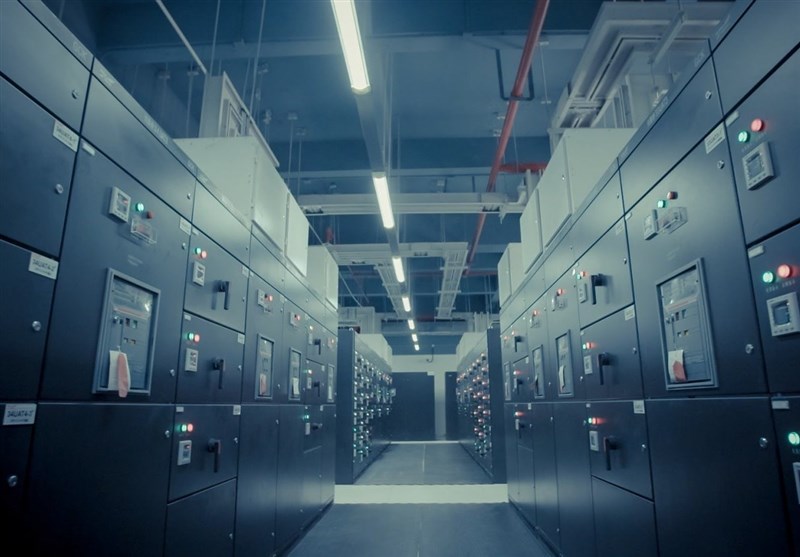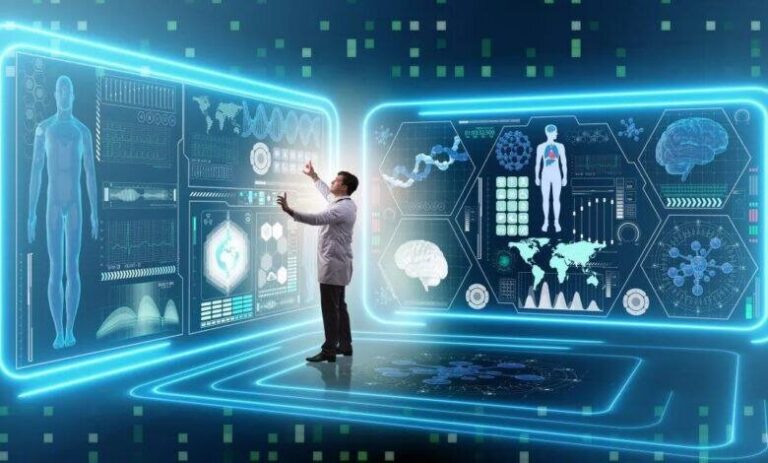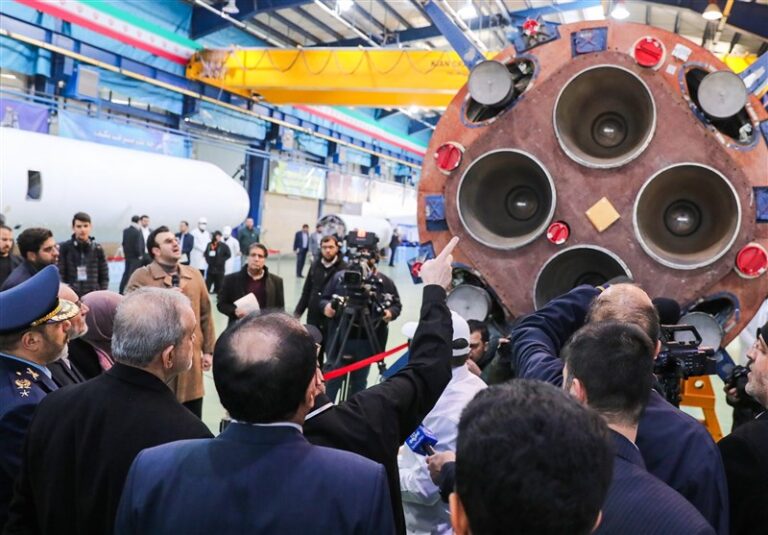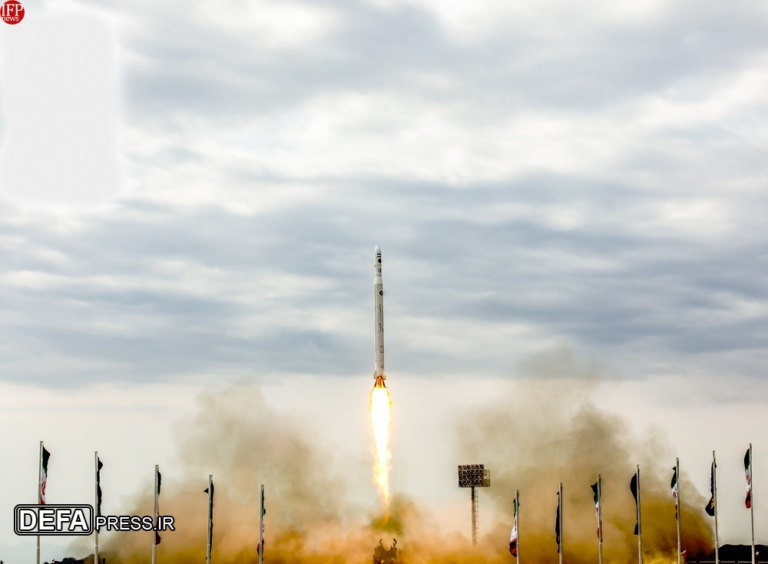AI Revolution: Will It Devour 50% of Data Center Power?
In a recent analysis, a PhD candidate at VU Amsterdam has projected that if the current growth of AI continues, AI data centers could account for a staggering half of all electricity consumed by data centers. This estimate highlights the significant impact of AI on global energy consumption, raising concerns about sustainability and environmental implications.
Alex de Vries-Gao, in his study published in the journal Joule, meticulously calculated the electricity usage trends of AI data centers, considering past, present, and future scenarios. According to the International Energy Agency, data centers were responsible for approximately 1.5% of global energy use in 2024, and this figure is poised to rise rapidly. Here are some key points from the study:
- Broader Impact of Data Centers: AI data centers do more than just process AI queries; they also support services like cloud storage and bitcoin mining.
- Heavy Computing Power: Developers in the AI field acknowledge the significant computing power required to operate large language models, such as ChatGPT.
- Self-Generated Electricity: In response to rising energy demands, some companies have begun generating their own electricity.
- Lack of Transparency: Over the past year, AI firms have become increasingly opaque regarding their energy usage.
To estimate electricity consumption, de Vries-Gao relied on publicly available data. His analysis included hardware from the Taiwan Semiconductor Manufacturing Company, which supplies significant components to companies like Nvidia. By synthesizing information from various sources, including analysts’ estimates, earnings reports, and electricity consumption reports for AI hardware, he arrived at a striking conclusion.
De Vries-Gao calculated that AI providers could consume about 82 terawatt-hours of electricity by 2025, a figure comparable to the total energy consumption of Switzerland. Assuming a doubling of demand for AI by the end of the year, it’s projected that AI data centers could use around 50% of the total electricity consumed by global data centers.
This surge in energy consumption comes with significant warnings from de Vries-Gao. He emphasized that the increased power usage associated with AI not only threatens to escalate electricity prices but also poses serious environmental risks. “If most AI providers rely on grid electricity, greenhouse gas emissions could surge sharply due to reliance on coal-based power generation,” he noted. Such a trend has the potential to accelerate global warming, raising urgent questions about the sustainability of AI technologies.
As the demand for AI technology continues to soar, the implications of its energy consumption will likely become a focal point of discussion among policymakers, environmentalists, and industry leaders. Here are some potential consequences and considerations:
- Increased Energy Costs: A rise in energy demand could lead to higher electricity prices, impacting businesses and consumers alike.
- Environmental Concerns: The reliance on non-renewable energy sources for powering AI data centers could exacerbate climate change issues.
- Need for Sustainable Practices: The tech industry must explore sustainable practices and renewable energy solutions to mitigate these impacts.
- Policy Responses: Governments may need to implement regulations to ensure that energy consumption by AI and data centers is managed sustainably.
The urgency of addressing these challenges cannot be overstated. As AI continues to integrate into various sectors of society, the energy demands associated with its infrastructure must be carefully managed to prevent detrimental effects on the environment. Stakeholders across the board are encouraged to consider the sustainability of AI technologies actively.
In conclusion, while AI technology offers transformative potential, its rapid growth presents significant energy challenges. The findings from de Vries-Gao’s study serve as a wake-up call for the industry to prioritize energy efficiency and sustainability measures to ensure that the benefits of AI do not come at the cost of our planet’s health.






